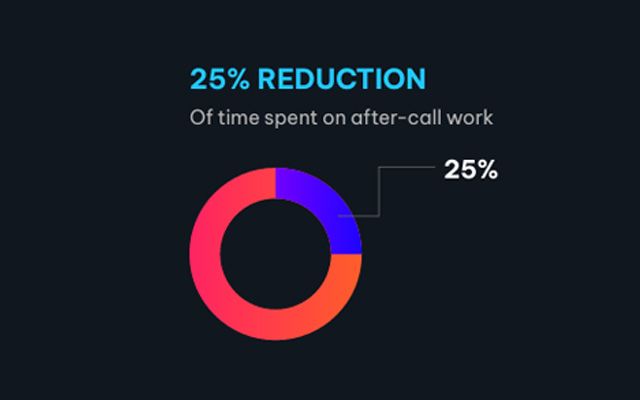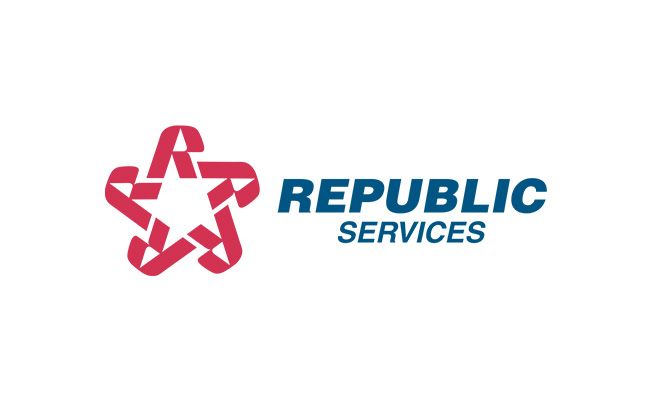CUSTOMER PROFILE
ABOUT
Teleperformance is a strategic partner to the world’s leading companies, bringing solutions and enhancing customer experience during each interaction. For over 40 years across the world, Teleperformance has been learning from each and every interaction, serving many different countries and segments.
Teleperformance employs 300,000 interaction experts in 76 countries worldwide. Its Brazilian contact center operations are based in São Paulo and Natal, with 20,000 employees and over 12,000 agents.
CUSTOMER PROFILE
Customer Service Solutions
LOCATION
São Paulo and Natal, Brazil
BUSINESS NEED
- Improve operational productivity in both contact center and back office
- Improve administrative productivity
- Automate intraday schedule changes
- Engage employees in performance and scheduling
NICE SMARTCENTER SOLUTIONS
- Workforce Management
- Back Office
THE IMPACT
- 9%-38% reduction in monthly overtime
- 8 percentage point improvement in adherence
- 17% improvement in back office schedule
- Monthly financial improvement as high as 57%
01 THE CHALLENGE
Teleperformance is positioned as an expert provider in customer interactions, and constantly looks for competitive edges to deliver superior customer experience during every contact. To support this goal, Teleperformance Brasil identified opportunities to improve both operational and administrative productivity.
Upon investigating contact center operations, Teleperformance Brasil recognized that the intraday change process was inefficient. Supervisors were constantly called on to make manual schedule changes. This was a poor use of supervisor time, negatively impacted adherence measurements, and disrupted long-term operational planning.
In the back office, the situation was much the same. Teleperformance Brasil organizes textbased channels including e-mail, chat, and social media in different working groups than the contact center agents. Examining employee activities and workflow revealed a number of opportunities to improve the precision and scope of activity monitoring systems, improve productivity, decrease average handle time, and schedule breaks more efficiently. As in the contact center, Teleperformance Brasil saw opportunities to improve both productivity and long-term planning.
“We looked for workforce management opportunities to improve our existing processes with stronger and better system controls,” says Alfredo Morgado, WFM, Quality and Projects Director, Teleperformance Brasil.
02 THE SOLUTION
To improve performance on both a micro and macro level, Teleperformance Brasil worked with NICE to transform both the contact center and back office workforce. “We wanted a new workforce management solution that would motivate and engage our 20,000 employees, one that would create a basis for strategic decisionmaking and for understanding the behavior of our employees,” Morgado says.
NICE and Teleperformance Brasil collaborated on an implementation that combined NICE Workforce Management and Desktop Analytics. That connection was essential to understand application usage and workflow for back office agents who work on non-phone channels. Teleperformance Brasil also developed an internal, proprietary platform to analyze activity data and provide additional shift controls.
Identifying four key process improvements
To make the most of the new technology, Teleperformance Brasil needed a strategy and set of priorities. Reviewing practices and procedures with the aim of re-evaluating internal practices and required skills for tasks was an important beginning. From there, the company gathered key decision-makers and stakeholders and developed a four-point plan for performance improvement.
The first transformed overtime management. Instead of burdening supervisors with manual overtime approvals, overtime authority moved to the WFM team. This gives Teleperformance Brasil central and strategic control of overtime allocations and spending.
The second took on adherence issues by ensuring that agents truly work only when they are scheduled. Teleperformance Brasil now blocks access to workstations on days and periods when an agent has no scheduled activity.
The third point in the plan limits authority to make intraday changes. Access to change an agent’s start or end time is now a specific and tightly controlled permission in NICE Workforce Management, and can only be used within the tolerances configured by the Teleperformance Brasil WFM team.
Finally, Teleperformance Brasil gave its WFM team and managers greater latitude to make decisive changes on days with high volume, unexpected workload, or other significant disruptions.
Collaborating on a new culture
The changes made by Teleperformance Brasil went beyond simply reorganizing workforce management practices. “We went through a technological and cultural transformation,” Morgado says. “And the results improved not only productivity but also agent development.”
Teleperformance Brasil uses the sessions collected by Desktop Analytics to provide transparent insights to employees as well as supervisors. This gives employees the ability to understand their own performance. Pairing these insights with Shift Control gives agents greater ownership of their own work environment. And they have responded with higher adherence rates, lower capacity gaps, and increased service levels.
Reaping the rewards
Since adopting the new policies, Teleperformance Brasil has paid out 8.9% to 37.9% less overtime each month than was typical pre-implementation. This comes even as adherence rose eight percentage points in a little over six months postimplementation. The combined benefits to Teleperformance Brasil of these improvements is striking, with as high as a 57% improvement in monthly financial results.
In the back office, the new solutions improved schedule conformance by 17 percentage points. Adherence improved dramatically in some back office departments, including one that rose 64%. “These benefits are enterprise-wide and will serve Teleperformance Brasil well into the future,” Morgado says.








